How to Improve Your Drawing Skills Rapidly
Are you ready to take your drawing skills to the next level? Whether you're a complete beginner or someone with a bit of experience, improving your drawing abilities can feel like a daunting task. But fear not! This article explores effective strategies and techniques that can help you enhance your artistic skills quickly. With the right approach, you can elevate your drawing game in no time. So grab your sketchbook and let’s dive into the world of creativity!
Creating a regular drawing schedule is crucial for improvement. Think of it like training for a sport; the more you practice, the better you get. Consistency helps develop muscle memory and reinforces learning, allowing artists to see progress over time. Start by dedicating a specific amount of time each day to draw. Even if it's just 20 minutes, those minutes can add up and lead to significant improvements. You might consider setting a timer to keep yourself focused and avoid distractions. Over time, you’ll notice that your hand becomes more fluid, your lines become cleaner, and your confidence grows.
Understanding fundamental concepts such as shapes, lines, and proportions is essential. Mastering these basics provides a solid foundation for more advanced techniques and styles. Think of drawing as building a house; without a strong foundation, the structure will crumble. Spend time practicing basic shapes like circles, squares, and triangles. Once you feel comfortable with these, start combining them to create more complex forms. This foundational knowledge will serve as the backbone for your artistic journey.
Breaking down objects into basic shapes simplifies the drawing process. Imagine looking at a complicated object, like a bicycle. Instead of trying to draw it all at once, break it down into simple shapes: circles for the wheels, rectangles for the frame. This approach enhances your ability to capture complex subjects accurately and efficiently. The more you practice this technique, the more intuitive it will become. You’ll find yourself seeing the world in shapes, which can dramatically improve your drawing skills.
Learning perspective is vital for creating depth in your drawings. Mastering one-point and two-point perspectives can dramatically improve the realism of your artwork. Perspective is like a magic trick; it creates the illusion of space on a flat surface. To practice, try drawing a simple road or a hallway using one-point perspective, where all lines converge at a single point. Once you're comfortable, challenge yourself with two-point perspective by drawing a corner of a building. These exercises will help you understand how objects relate to each other in space.
Light and shadow play a significant role in creating dimension. Understanding how to render these elements adds depth and realism to your drawings. Think of light as the artist's paintbrush, shaping the form of your subject. Start by observing how light interacts with objects around you. Notice where the light hits and where the shadows fall. Practice shading techniques by using different pressures on your pencil or experimenting with blending tools. The more you practice, the more lifelike your drawings will become.
Trying out various drawing mediums, such as graphite, charcoal, and ink, can expand your skills. Each medium offers unique challenges and opportunities for creativity. For instance, while graphite allows for fine detail, charcoal can create bold and expressive strokes. Don't be afraid to experiment! Set aside time to play with different tools and techniques. You might discover a new favorite medium that speaks to your artistic style.
Receiving feedback from peers or mentors can provide valuable insights. Constructive criticism helps identify areas for improvement and encourages growth in your artistic journey. When sharing your work, ask specific questions to guide the feedback. For example, you might ask, “What do you think about my use of color?” or “How does the composition feel?” This targeted approach can lead to more meaningful discussions and help you grow as an artist.
Engaging with fellow artists through online forums or local groups fosters a supportive environment. Sharing experiences and techniques can inspire and motivate you to improve. Consider joining platforms like DeviantArt or participating in local art classes. Being part of a community can provide a sense of belonging and encouragement, making your artistic journey more enjoyable.
Taking part in drawing challenges can push your boundaries. These challenges encourage you to explore new subjects and styles, enhancing your versatility as an artist. Look for monthly drawing prompts or themed challenges on social media. Not only will you create new artwork, but you’ll also connect with other artists who share your passion. Embrace the thrill of trying something new, and watch your skills flourish!
- How often should I practice drawing? Aim for at least 20-30 minutes a day to see noticeable improvements.
- What materials do I need to start drawing? A basic set of pencils, erasers, and paper is all you need to begin.
- Can I improve my drawing skills without formal training? Absolutely! Self-study, practice, and feedback from others can be incredibly effective.

Establish a Consistent Practice Routine
Creating a regular drawing schedule is crucial for improvement. Think of it like training for a sport; just as athletes practice daily to enhance their skills, artists must dedicate time to their craft. Consistency is key! It helps develop muscle memory and reinforces learning, allowing you to see progress over time. Imagine trying to learn a new language without practicing daily—drawing is no different. Setting aside specific times each week can transform your skills from basic doodles to breathtaking artwork.
To kickstart your routine, consider the following tips:
- Set Clear Goals: What do you want to achieve? Whether it's mastering shading techniques or drawing a specific subject, having clear objectives will keep you focused.
- Start Small: If you're new to drawing, it might be overwhelming to commit hours each day. Begin with just 15-30 minutes and gradually increase your practice time as you become more comfortable.
- Mix It Up: Keep your practice sessions exciting! Alternate between different styles, subjects, and techniques to maintain enthusiasm. This variety not only enhances creativity but also keeps you engaged.
Additionally, tracking your progress can be incredibly motivating. You could set up a simple drawing journal or digital log to note what you worked on each day, jot down thoughts about your progress, and even sketch quick thumbnails of your work. Over time, you’ll be amazed at how far you’ve come!
Here's a simple table to help you visualize your weekly practice schedule:
| Day | Practice Focus | Duration |
|---|---|---|
| Monday | Sketching Basic Shapes | 30 minutes |
| Tuesday | Shading Techniques | 45 minutes |
| Wednesday | Drawing from Reference | 1 hour |
| Thursday | Experimenting with Color | 30 minutes |
| Friday | Free Drawing Session | 1 hour |
| Saturday | Review and Reflect | 30 minutes |
| Sunday | Rest and Inspiration | - |
By establishing a consistent practice routine, you'll not only enhance your drawing skills but also cultivate a deeper connection with your art. Remember, every stroke of the pencil is a step toward becoming the artist you aspire to be. So grab your sketchbook, set your schedule, and let your creativity flow!

Master the Basics of Drawing
When it comes to improving your drawing skills, mastering the basics is like laying a solid foundation for a house. If the foundation is shaky, the entire structure will suffer. The same goes for drawing; understanding fundamental concepts such as shapes, lines, and proportions is essential. Think of these basics as the ABCs of art. Without them, you can't form sentences—or in this case, create compelling artwork. So, let’s dive into the core elements that will elevate your skills!
First and foremost, shapes are the building blocks of any drawing. Every object you see can be simplified into basic geometric shapes. For instance, a human figure can be broken down into ovals and rectangles. By practicing this technique, you train your eyes to see the world in a way that makes drawing easier and more intuitive. Why not grab a pencil and paper right now? Look around your room and start sketching everyday objects as simple shapes. It's a fun exercise that will sharpen your observational skills!
Next up is the concept of lines. Lines are not just boundaries; they convey movement, emotion, and texture. Think about how a jagged line can express chaos, while a smooth, flowing line can evoke calmness. Experimenting with different line weights and styles can dramatically change the mood of your drawing. Try using a variety of pencils to see how hard and soft strokes can create different effects. Don't be afraid to let your creativity flow—after all, art is about self-expression!
Now, let’s talk about proportions. Understanding how different parts of your subject relate to each other in size is crucial. For example, when drawing a face, the eyes are generally positioned halfway down the head. If you get the proportions wrong, your subject might end up looking cartoonish or distorted. A great way to practice proportions is to use a grid method or to measure with your pencil. This technique helps you achieve a more realistic representation of your subject.
To wrap it all up, mastering the basics of drawing is not just about rote learning; it's about developing a keen eye and a deep understanding of the elements that make up a drawing. By focusing on shapes, lines, and proportions, you create a solid foundation that will support your artistic endeavors. Just remember, practice makes perfect! Keep at it, and soon enough, you’ll find yourself drawing with confidence and flair.
- How long does it take to master the basics of drawing? - It varies for everyone, but consistent practice over weeks or months can yield significant improvements.
- Do I need expensive materials to start drawing? - Not at all! Basic pencils and paper are sufficient to get started.
- Can I learn drawing on my own? - Yes! Many artists are self-taught. Online resources and tutorials can guide you along the way.
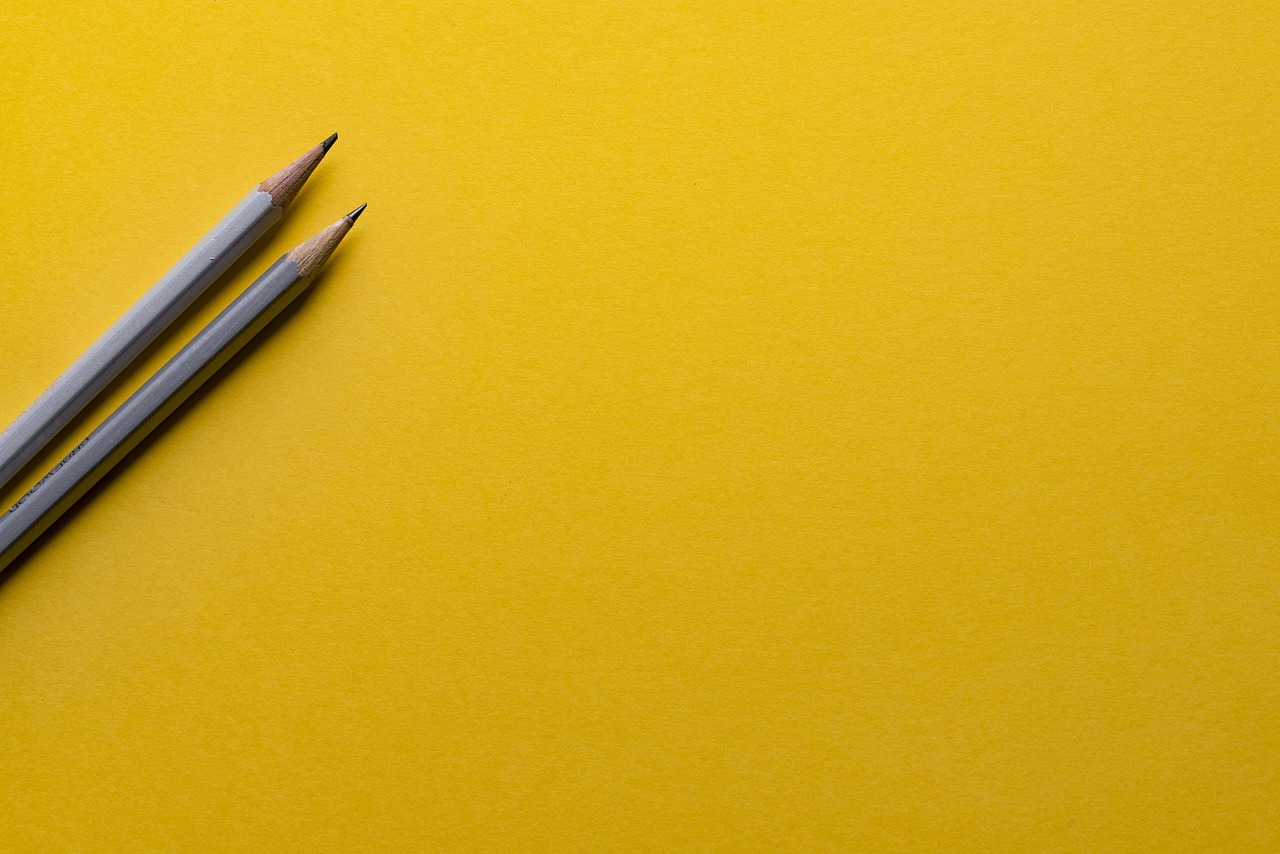
Focus on Shape and Form
This article explores effective strategies and techniques to enhance your drawing abilities quickly. From practice routines to mastering fundamentals, discover how to elevate your artistic skills in no time.
Creating a regular drawing schedule is crucial for improvement. Consistency helps develop muscle memory and reinforces learning, allowing artists to see progress over time.
Understanding fundamental concepts such as shapes, lines, and proportions is essential. Mastering these basics provides a solid foundation for more advanced techniques and styles.
When it comes to drawing, focusing on shape and form is like laying the groundwork for a sturdy building. Every object, no matter how complex, can be broken down into basic geometric shapes. Think of a human figure as a series of cylinders and spheres, or a tree as a combination of a cone and a rectangle. By simplifying the world around you into these basic forms, you not only make the drawing process more manageable but also enhance your ability to capture the essence of your subject accurately.
For instance, consider the way an artist approaches a still life. Instead of getting caught up in the intricate details of each fruit or vase, they first sketch the basic outlines using simple shapes. This technique allows for adjustments to be made easily without the frustration of erasing and redrawing complex details. It's akin to building a framework before adding the finishing touches. With practice, this method will become second nature, and you’ll find your drawings looking more proportionate and realistic.
Moreover, understanding three-dimensionality is crucial. When you draw, think about how shapes occupy space. This involves not just the outline of the shape but also how it interacts with light and shadow. To illustrate this point, consider the following table that breaks down common shapes and their three-dimensional counterparts:
| 2D Shape | 3D Form | Example in Drawing |
|---|---|---|
| Circle | Sphere | Drawing a ball |
| Square | Cube | Drawing a box |
| Triangle | Pyramid | Drawing a tent |
By practicing with these basic forms, you can gradually introduce more complexity into your work. Remember, practice makes perfect! Try sketching everyday objects around you—this could be anything from a coffee mug to a chair. Focus on the shapes that make up these objects. Before you know it, you’ll be able to render them with confidence and accuracy.
Learning perspective is vital for creating depth in your drawings. Mastering one-point and two-point perspectives can dramatically improve the realism of your artwork.
Light and shadow play a significant role in creating dimension. Understanding how to render these elements adds depth and realism to your drawings.
Trying out various drawing mediums, such as graphite, charcoal, and ink, can expand your skills. Each medium offers unique challenges and opportunities for creativity.
Receiving feedback from peers or mentors can provide valuable insights. Constructive criticism helps identify areas for improvement and encourages growth in your artistic journey.
Engaging with fellow artists through online forums or local groups fosters a supportive environment. Sharing experiences and techniques can inspire and motivate you to improve.
Taking part in drawing challenges can push your boundaries. These challenges encourage you to explore new subjects and styles, enhancing your versatility as an artist.
- How often should I practice drawing?
Consistency is key! Aim for at least 30 minutes every day to see significant improvements. - What should I focus on as a beginner?
Start with mastering basic shapes and forms; this will build a strong foundation for your skills. - Is it necessary to learn perspective?
Absolutely! Understanding perspective is crucial for creating realistic and dynamic drawings. - Can I improve my skills without formal training?
Yes! Many artists are self-taught. Utilize online resources, tutorials, and practice regularly.
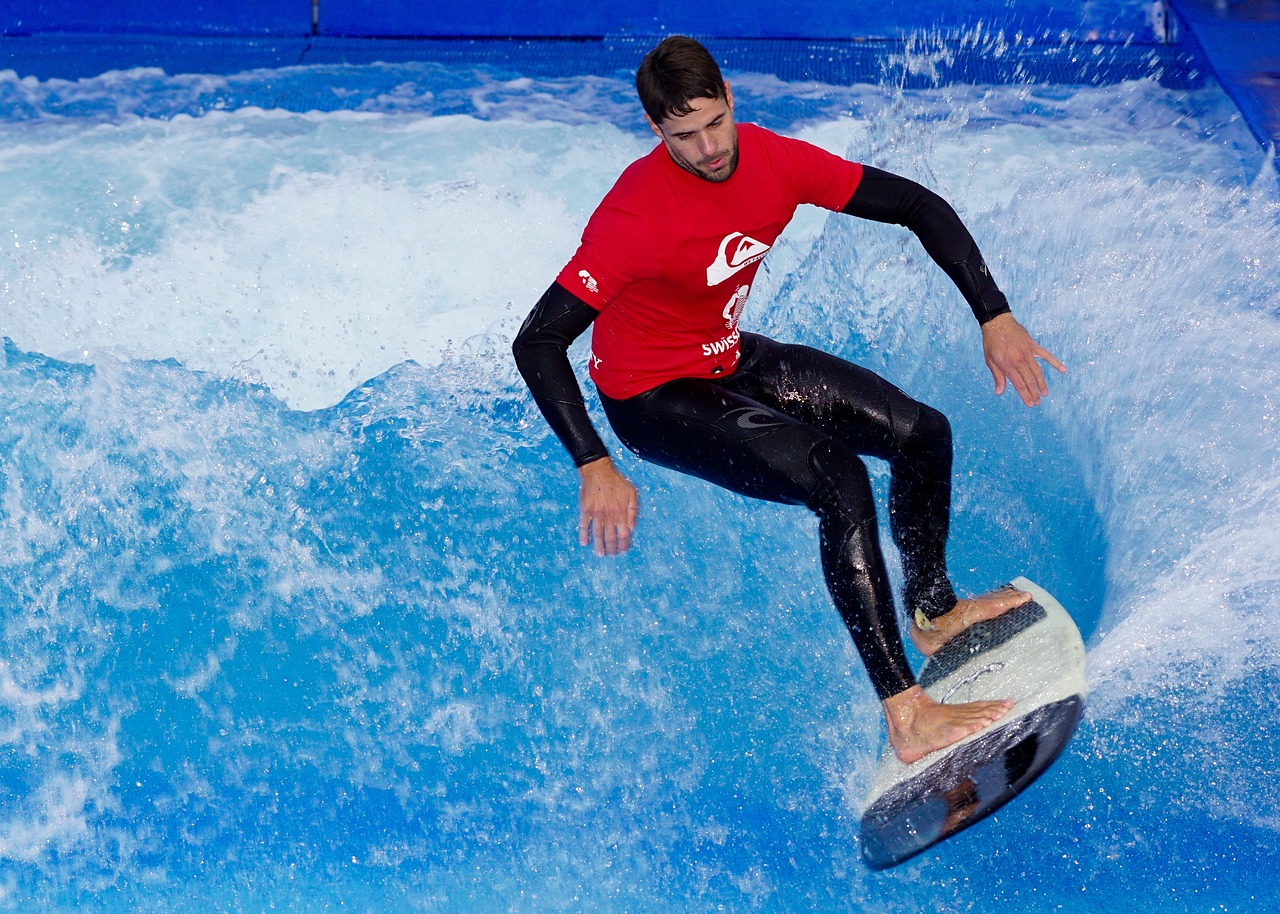
Understanding Perspective
When it comes to drawing, is like having a secret weapon in your artistic arsenal. It's the magic that transforms a flat piece of paper into a three-dimensional world. Imagine standing on a busy street, watching the buildings recede into the distance. That sense of depth and space is what perspective brings to your drawings. By mastering perspective, you can create a sense of realism that captivates your audience and draws them into your artwork.
At its core, perspective is all about how we perceive the world around us. There are different types of perspective, but the two most commonly used in drawing are one-point perspective and two-point perspective. Let's break them down:
| Type of Perspective | Description | Usage |
|---|---|---|
| One-Point Perspective | All lines converge at a single point on the horizon line. | Ideal for drawing roads, railways, or interiors. |
| Two-Point Perspective | Lines converge at two points on the horizon line. | Used for drawing objects at an angle, like buildings viewed from the corner. |
To get started with perspective, first, you need to identify the horizon line in your drawing. This line represents the viewer's eye level and is crucial for establishing depth. Once you've set your horizon line, you can determine the vanishing points where parallel lines appear to converge. This is where the magic happens! By drawing lines from your objects to these vanishing points, you can accurately depict how they recede into space.
But wait, there's more! Perspective isn't just about straight lines and vanishing points. It also involves foreshortening, which is a technique used to create the illusion of an object receding into the background. Think of it like this: if you were to draw a long tube, the part closest to you would appear larger, while the end of the tube would look smaller. This effect adds an extra layer of realism to your drawings and can make them feel more dynamic.
Don't be afraid to experiment! Grab a pencil and paper, and practice drawing various objects using both one-point and two-point perspectives. Start with simple shapes, and gradually work your way up to more complex structures. The more you practice, the more intuitive it will become. Remember, every artist was once a beginner, and the journey of mastering perspective is part of what makes drawing so enjoyable.
As you delve deeper into perspective, you'll find that it opens up a whole new world of possibilities in your artwork. Whether you're sketching a bustling cityscape or a serene landscape, understanding perspective will elevate your skills and help you create stunning, lifelike drawings that leave a lasting impression.
- What is the difference between one-point and two-point perspective? One-point perspective uses a single vanishing point, while two-point perspective uses two vanishing points to create depth.
- How can I practice perspective drawing? Start by sketching simple shapes and gradually incorporate more complex objects, always keeping the horizon line and vanishing points in mind.
- Is perspective drawing necessary for all types of art? While not every art form requires strict adherence to perspective, understanding it can significantly enhance the realism and depth of your work.
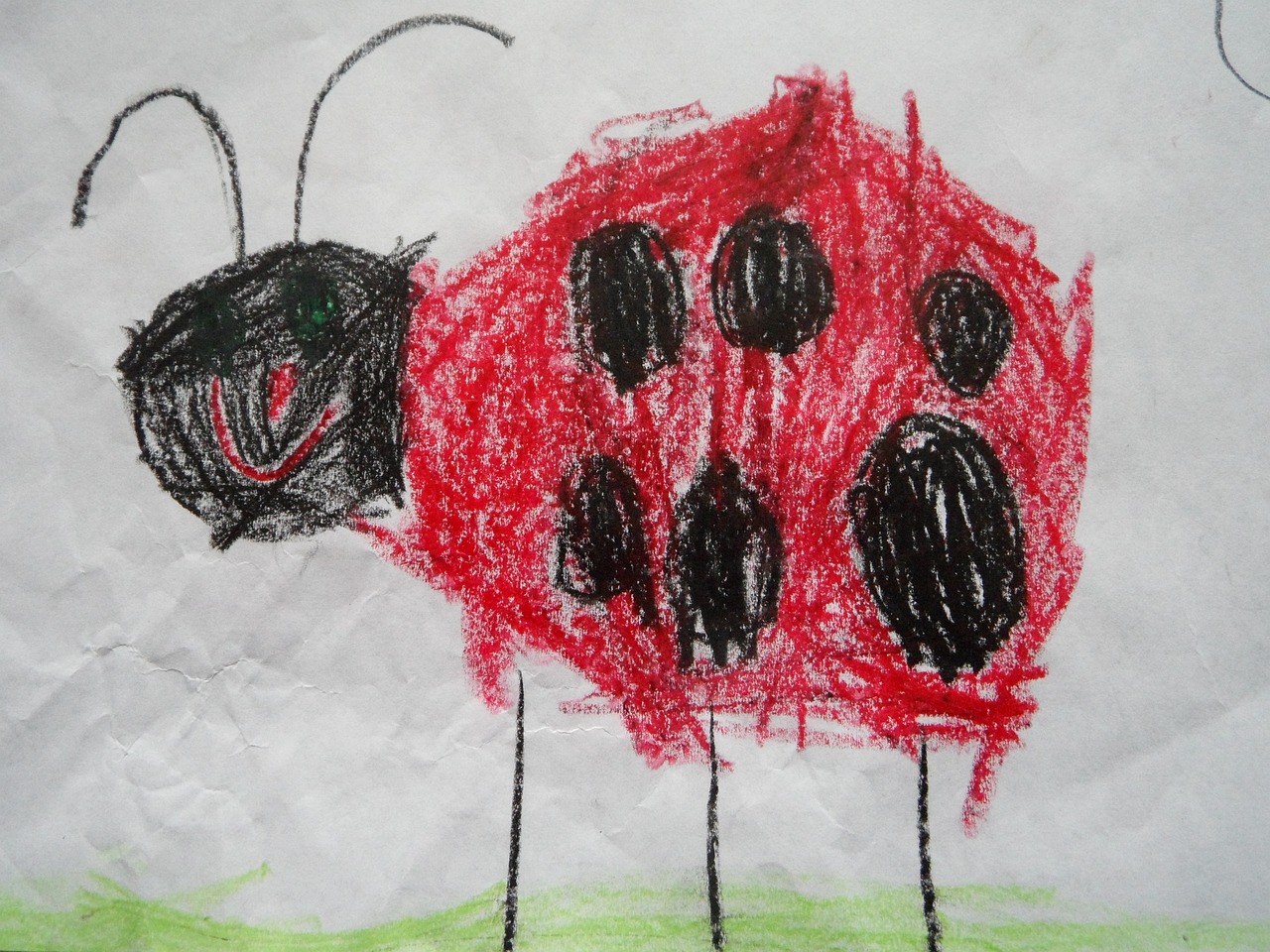
Exploring Light and Shadow
When it comes to drawing, light and shadow are the unsung heroes that can transform a flat, lifeless sketch into a three-dimensional masterpiece. Imagine walking into a room where the sunlight streams through the window, casting intricate patterns on the floor. That interplay of light and shadow not only creates a mood but also adds depth and dimension to your artwork. Understanding how to manipulate these elements is crucial for any aspiring artist.
To start, consider how light interacts with different surfaces. The way light reflects off a shiny object differs from how it absorbs into a matte surface. This is where your observation skills come into play. Think of light as a sculptor; it molds your subject by highlighting certain areas while leaving others in shadow. By studying real-life objects under various lighting conditions, you can begin to see how shadows form and how they can be used to create drama in your drawings.
Now, let’s break down the types of shadows you might encounter:
- Cast Shadows: These are the shadows that an object casts onto another surface. They can vary in intensity and shape depending on the light source's angle.
- Form Shadows: These shadows are found on the object itself, showcasing the curvature and texture. They help define the object's shape.
To effectively render light and shadow in your drawings, consider using a value scale. This scale ranges from pure white to deep black, allowing you to visualize the gradation of tones. A simple exercise is to create a value chart, where you fill in squares with varying shades. This practice will help you understand how to apply these values in your artwork.
Another technique to explore is chiaroscuro, an Italian term meaning "light-dark." This technique emphasizes the contrast between light and shadow, creating a dramatic effect that can evoke emotions in the viewer. Think of the works of artists like Caravaggio, who masterfully used chiaroscuro to draw attention to the focal points in his paintings. You can practice this by choosing a single light source and observing how it affects the objects around you. Try sketching a still life under a single lamp to see how shadows transform the scene.
Lastly, don't shy away from experimenting with different drawing mediums. Graphite, charcoal, and ink each have unique properties that can enhance the way you depict light and shadow. For instance, charcoal allows for softer transitions between light and dark, while ink can create sharp contrasts that make your artwork pop. By playing with these mediums, you can discover which best suits your style and helps convey your artistic vision.
In conclusion, mastering light and shadow is like learning to speak the language of your art. It requires practice, patience, and a keen eye for observation. As you continue to explore these elements, remember that every artist sees and interprets light differently. Embrace your unique perspective, and let it shine through in your drawings!
Q: How can I practice light and shadow drawing effectively?
A: Start by observing objects under different light sources. Create value scales and practice shading techniques. Also, try drawing from life to understand how light interacts with various surfaces.
Q: What materials are best for practicing light and shadow?
A: Graphite, charcoal, and colored pencils are excellent choices. Each medium allows for different techniques in rendering light and shadow, so experiment to find what you enjoy the most.
Q: Can I use digital tools to practice light and shadow?
A: Absolutely! Digital art software often provides tools to easily manipulate light and shadow, allowing for quick experimentation. Use layers and blending modes to explore how light can affect your compositions.
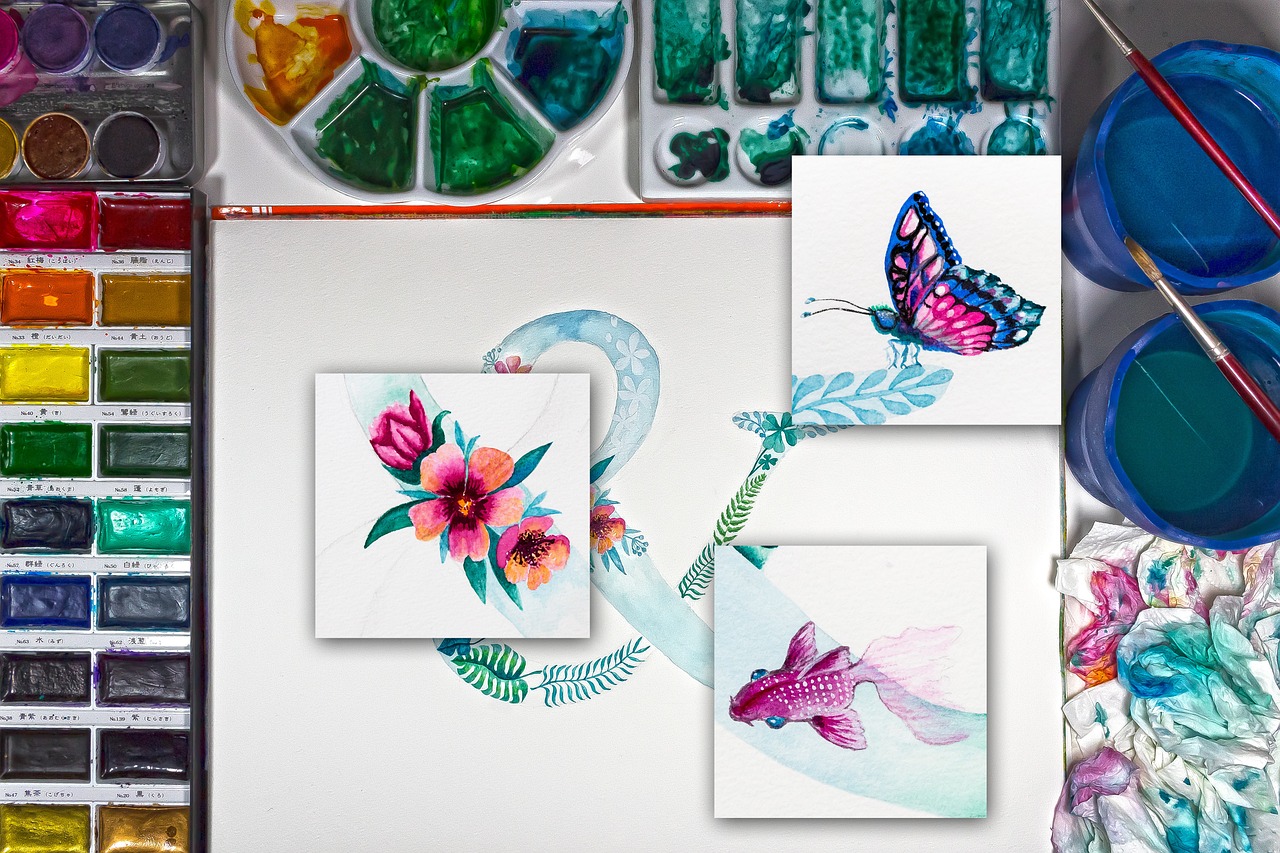
Experiment with Different Mediums
When it comes to enhancing your drawing skills, experimenting with different mediums can be a game-changer. Just like a chef needs various ingredients to create a delicious dish, you, as an artist, can benefit from exploring a variety of drawing tools. Each medium brings its unique texture, feel, and challenges, which can profoundly influence your artistic expression.
For instance, graphite is a classic choice that offers a smooth, controllable way to create detailed drawings. Its versatility allows you to achieve everything from fine lines to rich, dark shadows. On the other hand, charcoal provides a bold contrast and a softer texture, perfect for creating dramatic and expressive pieces. The tactile experience of working with charcoal can also encourage you to loosen up and embrace spontaneity in your work.
Then there’s ink, which can be both unforgiving and exhilarating. The permanence of ink forces you to commit to your lines, fostering confidence in your decision-making. You might find that the fluidity of ink allows for dynamic strokes that can breathe life into your drawings. Each medium has its quirks, and understanding these can lead to exciting discoveries in your artistic journey.
To help you navigate the world of drawing mediums, here’s a quick overview:
| Medium | Characteristics | Best For |
|---|---|---|
| Graphite | Versatile, easy to control, smooth | Detailed sketches, shading |
| Charcoal | Bold, soft, rich texture | Expressive drawings, dramatic contrasts |
| Ink | Permanence, fluidity, bold lines | Line art, illustrations |
| Pastels | Soft, vibrant colors, blendable | Colorful, textured works |
| Digital | Endless possibilities, easy to edit | Modern illustrations, graphic art |
As you experiment, don’t be afraid to mix mediums. Combining ink with watercolor, for example, can create stunning visual effects that neither medium could achieve alone. This fusion allows for a playful exploration of texture and color, pushing your creative boundaries even further.
Moreover, experimenting with different mediums can help you discover your unique style. You might find that you gravitate towards the boldness of charcoal or the precision of graphite. This self-discovery is an essential part of your growth as an artist. So, grab those supplies, dive in, and let your creativity flow!
- What is the best medium for beginners? Graphite is often recommended for beginners due to its ease of use and versatility.
- How can I choose the right medium for my style? Experiment with different mediums and pay attention to what feels most comfortable and expressive for you.
- Can I mix different mediums in one drawing? Absolutely! Mixing mediums can create unique effects and enhance your artwork.
- How often should I try new mediums? Regularly experimenting with new mediums can keep your practice fresh and exciting. Aim to try something new every few weeks!
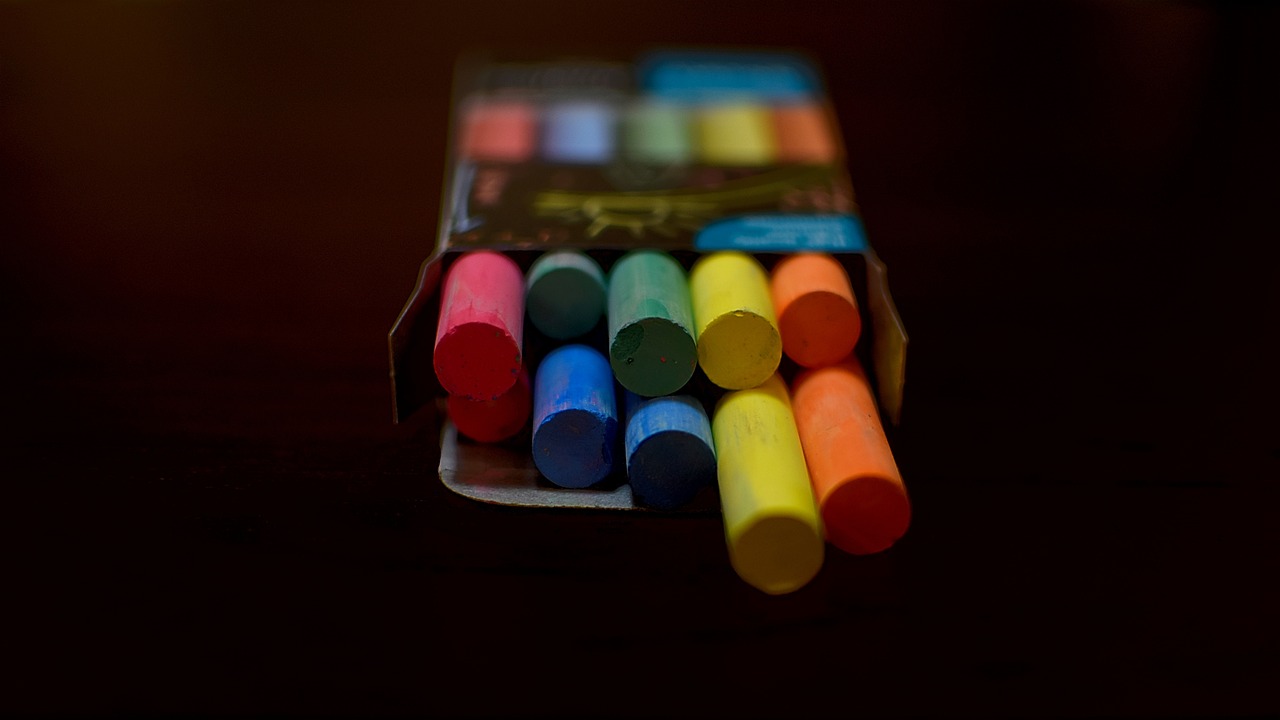
Seek Constructive Feedback
When it comes to honing your drawing skills, seeking constructive feedback is like having a compass in the vast ocean of art. It guides you, helps you navigate through the complexities of your work, and ultimately leads you to improvement. But how do you go about getting this feedback? Well, first and foremost, it's essential to approach feedback with an open mind. Remember, every critique is an opportunity for growth, and sometimes, the most valuable insights come from those who see your work with fresh eyes.
Consider sharing your drawings with a trusted friend or a fellow artist. This can be someone who understands the basics of drawing or even a mentor who has more experience. You might be surprised by the perspectives they bring to the table. When you ask for feedback, be specific about what you want to improve. Are you struggling with proportions? Or perhaps you want to know if your shading technique is effective? By being clear about your goals, you can receive more targeted advice that can truly help you elevate your skills.
Another great avenue for feedback is online art communities. These platforms are often brimming with artists of all skill levels, ready to share their insights. Platforms like DeviantArt, ArtStation, and even social media sites such as Instagram and Reddit can provide a wealth of feedback. Just remember to engage respectfully; after all, everyone is on their own journey. When you share your work, consider asking open-ended questions like:
- What do you think of my use of color?
- How does my composition feel to you?
- What areas do you think I should focus on improving?
These questions can open up a dialogue that not only helps you but also enriches the community. Plus, engaging with others can spark inspiration and new ideas for your own work. But don't forget, while feedback is crucial, it’s equally important to filter it. Not all advice will resonate with you, and that's perfectly okay. Take what feels right and leave the rest behind.
Lastly, consider participating in art critiques or workshops. Many local art schools and community centers offer sessions where artists can come together to share their work and receive feedback in a structured environment. This not only helps you improve but also builds your confidence in presenting your work. Remember, every stroke you make is a step toward becoming the artist you aspire to be. Embrace the feedback, learn from it, and watch your skills blossom!
| Question | Answer |
|---|---|
| How do I find a mentor for drawing? | Look for local art classes, workshops, or online forums where you can connect with more experienced artists. |
| What should I do if I receive negative feedback? | Take a moment to reflect on the feedback. Not all criticism is bad; it’s a chance to grow. Focus on constructive points and ignore negativity. |
| How often should I seek feedback? | After completing a significant piece or every few weeks, depending on your drawing frequency. Regular feedback can help track your progress. |
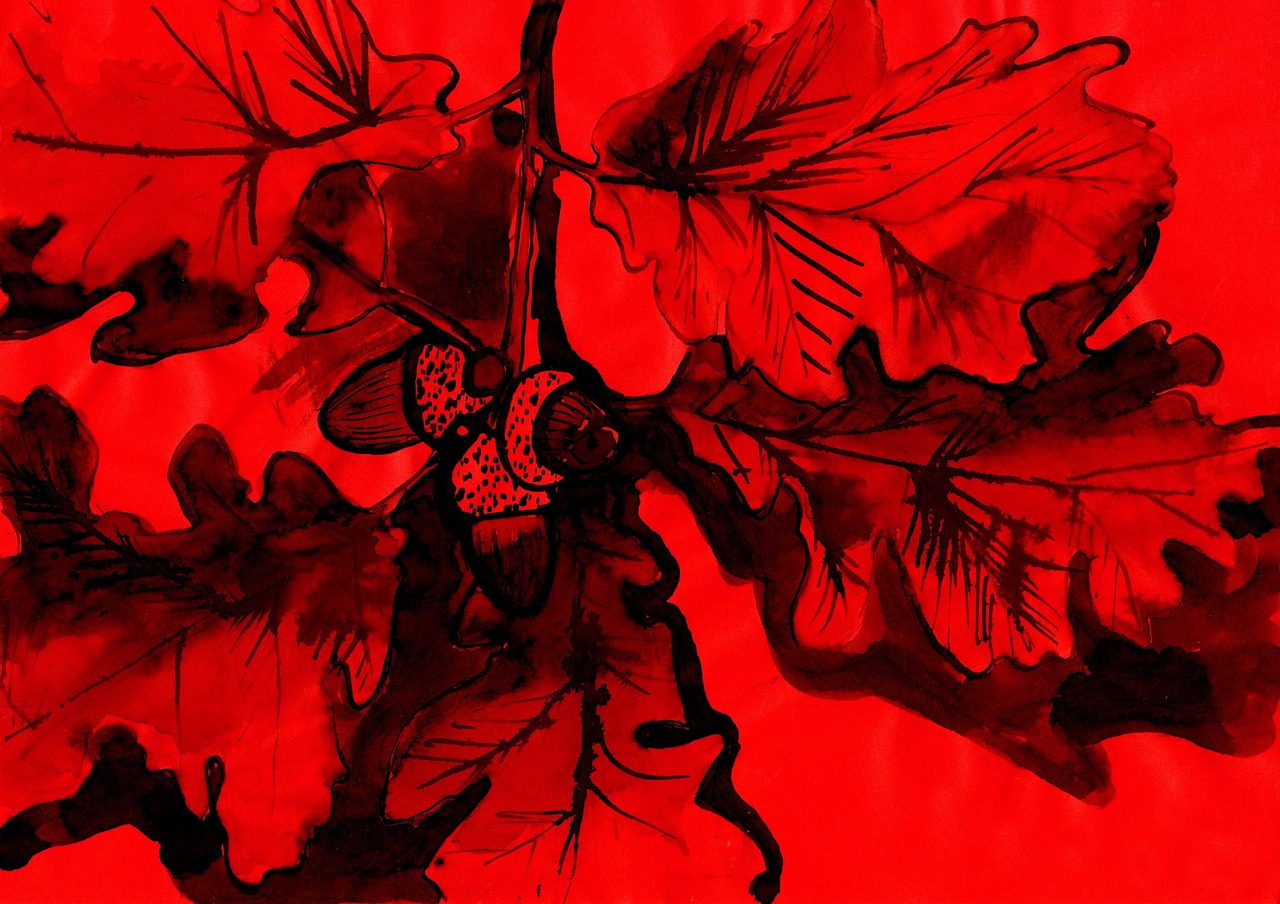
Join Drawing Communities
Joining drawing communities can be a game changer for anyone looking to enhance their artistic skills. Imagine stepping into a vibrant world where creativity flows freely, and inspiration is just around the corner. When you become part of a community, you not only gain access to a wealth of knowledge but also connect with fellow artists who share your passion. It's like being part of a supportive family that encourages you to push your boundaries and explore new horizons.
One of the best aspects of these communities is the opportunity for collaboration. You can engage in discussions, share your work, and receive feedback that can help you grow. Whether it's an online forum, a social media group, or a local art club, each platform offers unique advantages. For instance, online forums often provide a global perspective, allowing you to learn from artists worldwide, while local groups can foster personal connections and face-to-face critiques.
Moreover, being part of a drawing community can ignite your motivation. When you see others tackling similar challenges or achieving their goals, it can inspire you to keep going. You might even find yourself participating in collective projects or challenges that push you to try things you’ve never done before. Think of it as a creative gym where everyone is there to help each other get stronger and more skilled.
Here are some popular platforms where you can find drawing communities:
- Facebook Groups - Numerous art-focused groups where you can share your work and receive feedback.
- Reddit
- DeviantArt - A long-standing platform where artists can showcase their work and connect with others.
- ArtStation - A professional community for artists to share their portfolios and get noticed by industry professionals.
Don’t underestimate the power of networking. By connecting with artists at different skill levels, you can learn valuable techniques and gain fresh perspectives on your work. You may even find a mentor who can guide you through the intricacies of the art world. Remember, every artist was once a beginner, and learning from others can significantly accelerate your journey.
In conclusion, joining drawing communities is not just about improving your skills; it’s about building relationships that can last a lifetime. So, dive in, share your passion, and watch how your artistic abilities flourish in a nurturing environment!
- What are the benefits of joining a drawing community?
Joining a drawing community provides support, feedback, and motivation, helping you to improve your skills and connect with other artists. - How can I find a drawing community near me?
You can search for local art clubs or workshops in your area, or look for groups on social media platforms that focus on your interests. - Are online communities as effective as local ones?
Yes, online communities offer a broader range of perspectives and resources, while local communities provide personal connections and face-to-face interactions.

Participate in Challenges
Participating in drawing challenges is like entering a thrilling race where the finish line is your own artistic growth. These challenges are not just about competition; they are a fantastic way to stretch your creative muscles and explore new horizons in your art. Imagine diving into a world where each prompt pushes you to think outside the box, experiment with different styles, and tackle subjects you might otherwise shy away from. It’s an exhilarating experience that can transform your artistic journey!
When you engage in challenges, you’re not just drawing; you’re embarking on an adventure! Whether it’s a 30-day drawing challenge or a themed art contest, each task encourages you to break free from your comfort zone. Here are a few reasons why you should consider jumping into these artistic escapades:
- Boosts Creativity: Challenges often come with unique prompts that spark your imagination. You might find yourself drawing something you never thought you’d attempt!
- Enhances Skill Variety: Different themes can require different techniques, helping you to diversify your skill set. You might discover a knack for a style you never considered before.
- Builds Community: Many challenges are hosted online, creating a vibrant community of artists. Sharing your work and seeing others’ interpretations can be incredibly inspiring.
- Encourages Consistency: Committing to a challenge helps you establish a routine. The accountability of a deadline can motivate you to draw regularly.
Moreover, the sense of accomplishment you feel after completing a challenge is unparalleled. It’s like crossing the finish line after a long race; you’ve pushed your limits, and now you can see how far you’ve come. Plus, many challenges have a social media component where you can share your work, receive feedback, and connect with other artists. This interaction can lead to friendships and collaborations that enrich your artistic life.
So, how do you find these challenges? They can be found across various platforms, including Instagram, DeviantArt, and dedicated art websites. A quick search for “drawing challenges” will yield a plethora of options. You can even create your own challenge with friends or fellow artists, tailoring it to your interests and skill levels. The key is to keep it fun and engaging!
In summary, participating in drawing challenges is a dynamic way to enhance your skills, ignite your creativity, and connect with fellow artists. So why not take the plunge? Dive into a challenge today, and watch your artistic abilities flourish!
Q: How do I find drawing challenges?
A: You can search social media platforms like Instagram or art websites for hashtags like #DrawingChallenge or #ArtChallenge. Many art communities also host regular challenges.
Q: Do I need to be an experienced artist to participate?
A: Absolutely not! Challenges are for artists of all levels. They’re a great way to learn and grow, regardless of your current skill level.
Q: What if I miss a day in a challenge?
A: Don’t worry! Life happens. Just jump back in when you can. The important thing is to enjoy the process and keep creating.
Q: Can I create my own drawing challenge?
A: Yes! Creating your own challenges can be a fun way to engage with friends and tailor prompts to your interests. Just set some guidelines and share them with others!
Frequently Asked Questions
- How often should I practice drawing to see improvement?
To see noticeable improvement, aim for a consistent practice routine. Ideally, you should draw daily or at least several times a week. Even short sessions can be effective if done regularly. Think of it like exercising; the more you do it, the stronger you get!
- What are the fundamental skills I need to master first?
Start with the basics like shapes, lines, and proportions. These fundamentals form the backbone of all drawing techniques. Once you’re comfortable with these elements, you can branch out into more complex styles and subjects.
- How can I improve my understanding of perspective?
Practicing one-point and two-point perspective is key. Try drawing simple objects in different perspectives to grasp how they change with your viewpoint. Remember, perspective is like a magic trick that helps your drawings pop off the page!
- What role do light and shadow play in drawing?
Light and shadow are essential for creating depth and realism. They help define shapes and give your drawings a three-dimensional feel. Practice observing how light interacts with objects around you to capture that essence in your art.
- Should I experiment with different drawing mediums?
Absolutely! Each medium, whether it's graphite, charcoal, or ink, offers unique challenges and can expand your artistic abilities. Think of it as trying on different outfits; some might fit better than others, but each helps you express yourself in new ways!
- How can I find constructive feedback on my drawings?
Join drawing communities online or locally. Sharing your work with others can lead to valuable insights. Just like a team sport, collaboration can elevate your skills and inspire you to reach new heights!
- What are drawing challenges and how can they help me?
Drawing challenges are prompts or themes that encourage you to create within a set timeframe. They can push you to explore new subjects and styles, enhancing your versatility. Think of it as a fun workout for your creativity!


















